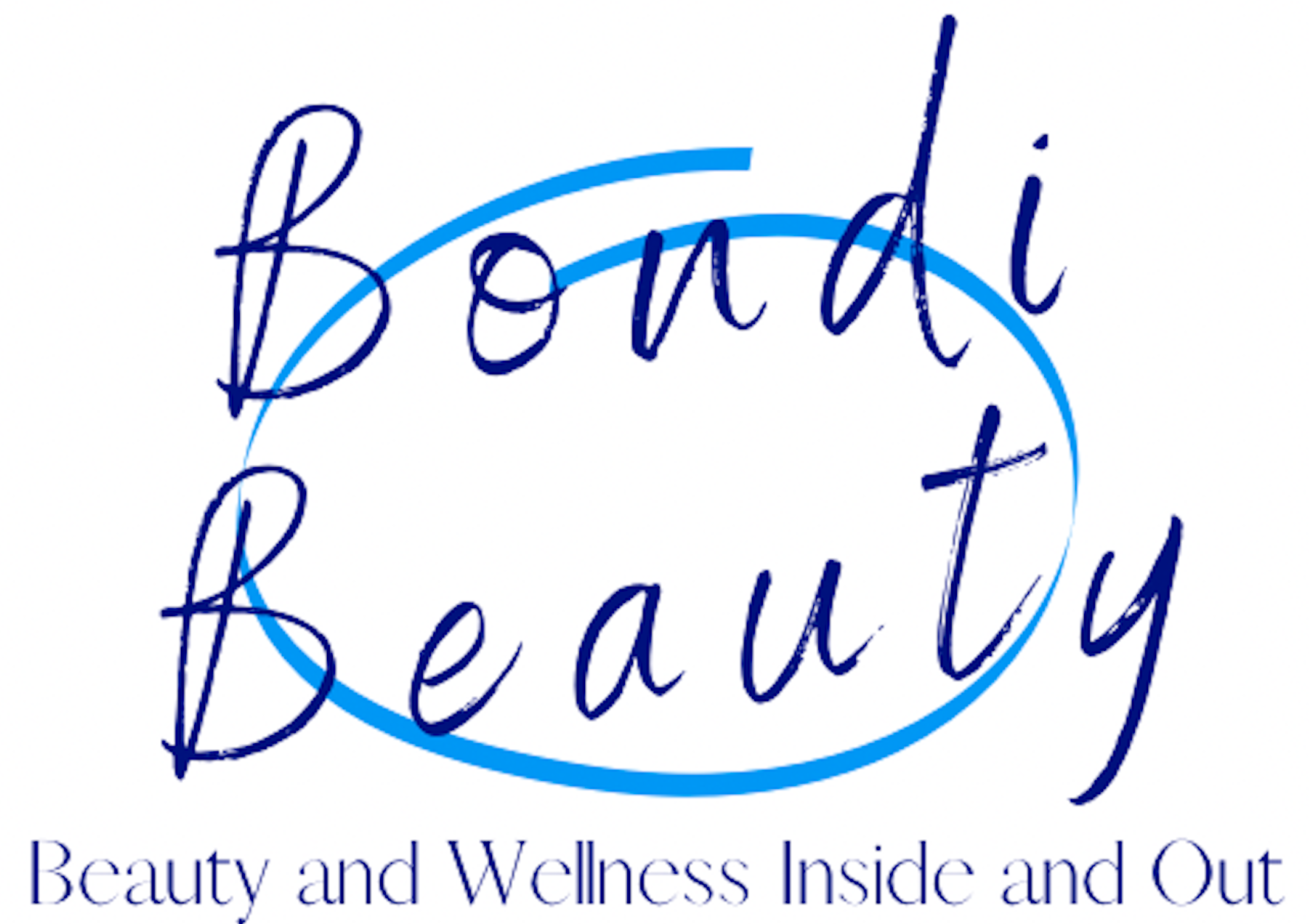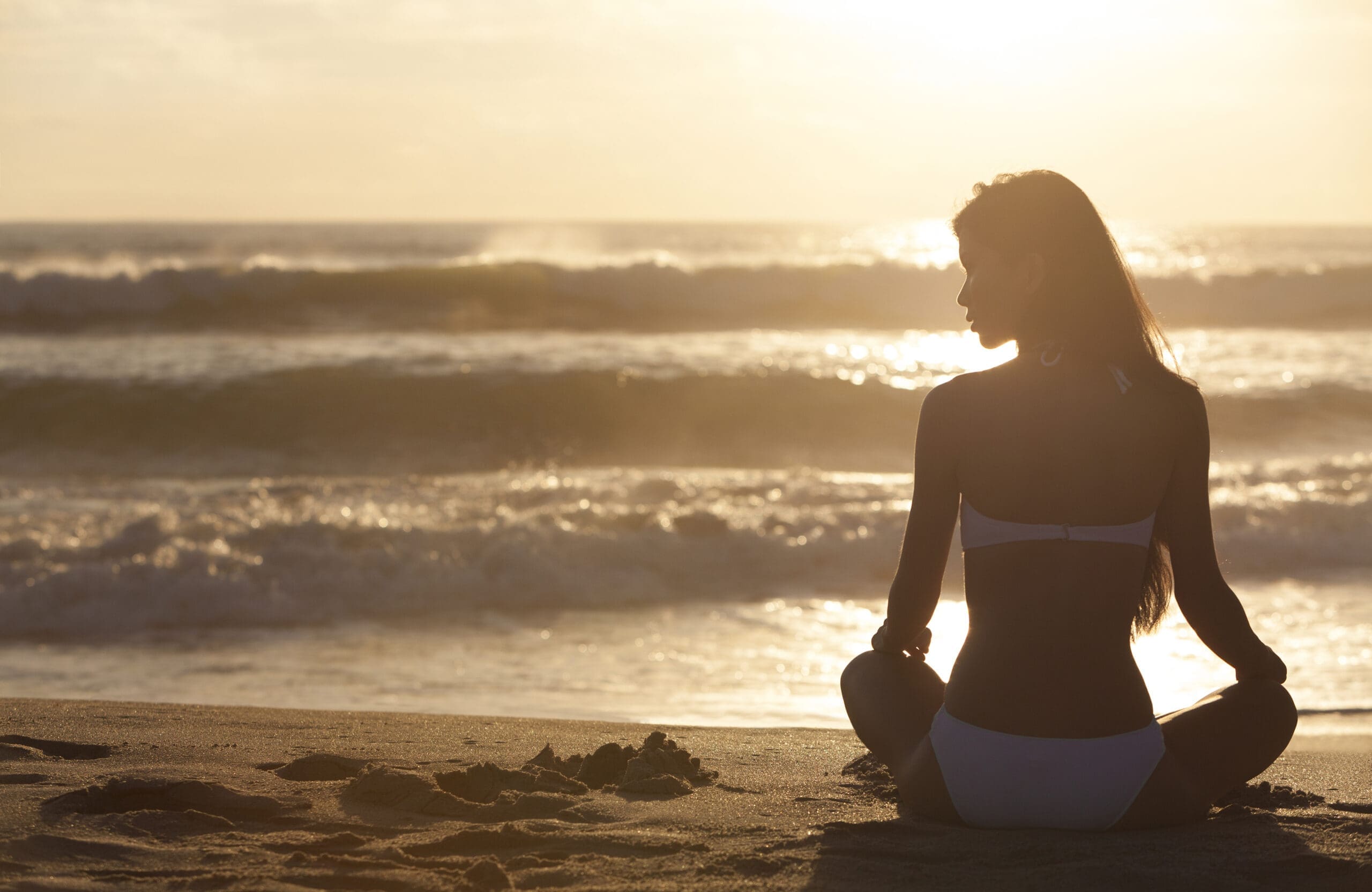With an abundance of so-called natural skincare products hitting the market, Jessica Sepel talks to Bondi Beauty about how to make the right choice for you.

1) How do we define natural and organic beauty products?
With the definition of the term ‘organic’ and even ‘natural’ still blurred, it’s important to know what to look out for. As the natural skincare revolution picks up pace, the truth about ingredients is being amplified an unfortunately some products which are labelled as “organic” still contain a high percentage of chemicals.
According to the Natural Products association, all products that are labelled or branded ‘natural’ must be made with at least 95% all natural ingredients, these ingredients must come from to be made from renewable source found in nature (Flora, Fauna, Mineral) with absolutely no petroleum compounds. A product labelled “natural” should also avoid any ingredient with a suspected human health risk. Ingredients that are prohibited include those that have suspected human health risks and those incorporate synthetic silicone or petroleum compounds.
However ingredients are not the only component of what makes a product natural. Equally important is how these ingredients are processed. They should not be tested on animals in any point of manufacture and should use the most environmentally sensitive packaging.
2) What is the difference between the two?
There is an important distinction between natural and organic. Brands like Burt’s Bees strive to be 100% natural in their products rather than organic because the organic standards for personal care products leave too much room for interpretation. Currently, some standards particularly in the US may require that only 70% of the product is made with certified organic ingredients. The issue is that with the remaining 30% of the product remaining, it could include synthetic ingredients.
3) Is there a labelling code we can look for ?
Some brands are quite transparent in labelling. You can easily find out how natural each product is just by looking at the natural bar which shows the exact percentage of natural ingredients.
4) Are there particular chemicals we should avoid in beauty products?
There are some ingredients which giveaway that a product is not truly natural. I won’t go into them in detail but what products do contain is just as important as the ingredients they do not contain. You want to look for skincare products with ingredients that feed and nourish the skin.
5) What are they and why are they potentially dangerous? – Em: I know this is a topic we want to avoid but we need to provide an answer here.
There have been many studies on the potential effects of certain ingredients, and while the research is by no means definitive, it’s important to err on the side of caution with the ingredients to avoid in personal care products.
Parabens are a class of widely used inexpensive synthetic preservatives. In adherance to the principles of the Natural Standard, the use of any synthetic ingredient is only acceptable if there are suspected no human health or envionmental risks. Recently the safety of parabens has come into question with some undesirable hormone mimicking effects, therefore they’re best avoided.
6) Phthalates are used as solvents in many cosmetics and can potentially cause damage to organs in the body. Both the US and EU have recently banned the use of some Phthalates.
SLS (sodium lauryl sulphate) SLS is a powerful synthetic detergent that can strip away skin’s vital moisture barrier, resulting in skin that can potentially be drier, more sensitive, and more vulnerable to environmental aggressors and other chemicals. While this ingredient is effective at removing dirt and oil from skin, it also can strip moisture from the outer layer of the skin, which can lead to irritation and may cause existing skin conditions (dermatitis, acnes, eczema, psoriasis) to flare up or worsen.
7) Are beauty products and their ingredients actually absorbed through the skin into the body?
Up to 60% of what we put on the skin may be absorbed in to the skin. So what are you really feeding your skin, junk food or real food? With this in mind more and more people are seeking out natural alternatives when it comes to skincare products as we become increasingly aware of the potentially undesirable effects of the chemicals we are slathering on our skin.
8) What are the ingredients we should look for and why?
Natural products should come from a renewable resource found in nature with no petroleum compounds. Ingredients should be sourced from fauna (animal e.g. beeswax and honey), flora (plant), and minerals. Some of the key ingredients used by Burt’s Bees include lemon, peppermint, pomegranate, aloe, sunflower, coconut, almonds and honey. What many people don’t realise is that natural ingredients work. Many synthetic ingredients are modelled after natural ones. For example, willow bark extract contains natural salicylic acid.
9) What mainstream brands do you recommend where one can find natural beauty products?
Burt’s Bees lives by the philosophy of creating natural products that nourish your skin, body and well-being. They strive for 100% natural formulations, with over 70% of their range currently achieving that, to provide natural health and beauty care products that are effective and environmentally sustainable – nourishing the body and replenishing nature.
10) What are the health benefits of honey?
Honey has been used for centuries in skincare for its reputed skin-softening abilities and healthy dose of amino acids, vitamins and minerals. It is one of the oldest natural skincare ingredients
11) Can honey be used as a do-it-yourself beauty product?
Definitely, not only is it great as a natural ingredient in skin care products, it also works as a natural cleanser, honey is believed to help remove dead cells from the surface of the skin to reveal a youthful one.
12) How is honey used in Burt’s Bees products?
This sweet, fragrant, syrupy substance produced by bees soothes and adds softness to the skin, and is an excellent natural moisturiser used in a range of Burt’s Bees products.



